Stories of Korea’s nine seowon
Introduction to 9 seowon, UNESCO World Heritage Sites
The center of schools of thought Dosanseowon Andong (Historic Site No. 170)
‘“…the entire house was quiet, and the walls were lined with books. I take a seat at the desk and gather together my thoughts before carefully opening up a book. There are some moments of clarity, which makes me so happy that I forget to eat.”
All sound files
Important functions of seowon
- Outline
- Veneration
- Learning
- Interaction
- Other aspects
Outline
This is an excerpt from 陶山雜詠幷記(Dosanjabyeongbyeonggi), a book which was written by Yi Hwang (1501-1570). Yi, one of Korea’s most prominent Neo-Confucian scholars, stressed the importance of a detailed “full reading” of a book in order to gain true knowledge.

Scenery of Dosanseowon
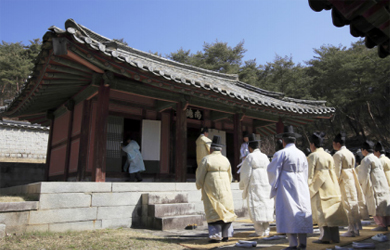
Sangdeoksa
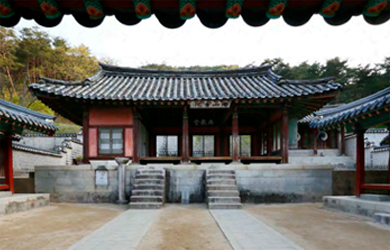
Jeongyodang
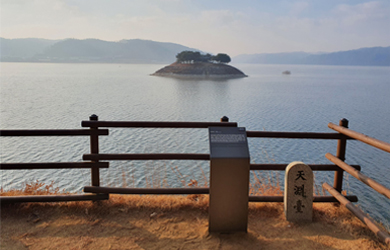
Dosan Seodang
The shrine, Sangdeoksa, is located at the back of the seowon. It houses the spiritual tablets of Yi Hwang and his disciple Cho Mok.
The asymmetrical layout of the shrine and learning spaces, pavilion format of Jangpangak, and asymmetry of Jeongyodang itself (which only has ondol heating on one side of the building) showed how seowon architecture can be altered without sacrificing its essence.
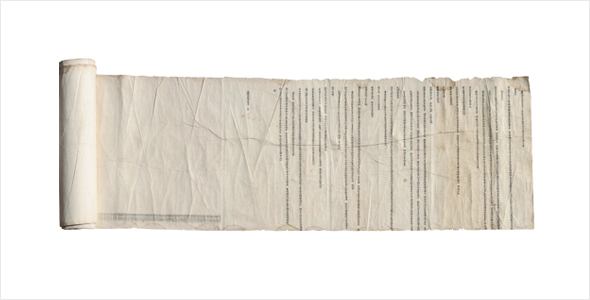
Petition signed by 10,000 people to recognize murdered Crown Prince Sado as a legitimate king
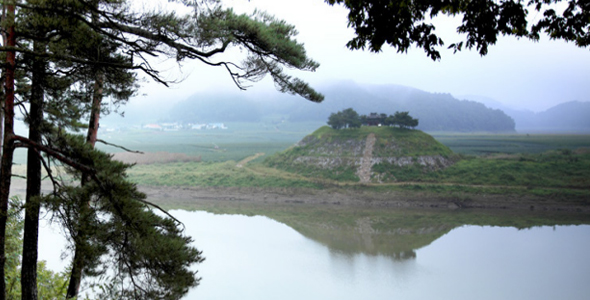
Sisadan
Dosanseowon also sent a maninso to the central government that reflected the views of local constituents, which was taken quite seriously—mostly because it was from a seowon that was recognized for its Neo-Confucian theoretical knowledge.
On October 1, 2020, a very unusual event occurred during a ritual held at Dosanseowon. For the first time in the 600-year history of Korean seowon, a woman assumed the role of choheongwan (first officiant) and presented the first cup of liquor. The woman was Lee Bae-yong, chairperson of the Seowon Foundation, who played a key role in registering all nine surviving Korean seowon as a UNESCO world heritage.
Veneration at Dosanseowon
Yi Hwang created a set of rules for the venerations conducted at seowon by revising the protocol used by Sosuseowon.
When preparing the foods to be used for a veneration, one of the procedures was called “seokmirae,” in which rice was washed at a pond at the entrance of the seowon (called “yeoljeong”) nine times, with the number counted aloud each time. Today, rice is washed at a faucet near where the pond used to be. When burning incense, unlike at other seowon, the incense urn is placed on the ceremonial table before putting in incense.
The Chunchuhyangsa of Dosanseowon is held on the second and eighth lunar month of each year.

Veneration at Dosanseowon
Venerated individuals
Yi Hwang was active in the seowon movement of the mid- to late-16th century. His reason for building seowon was “because we must cultivate sarim, who are responsible for the era in which they live.” The sarim produced by the seowon were the elite of Joseon: literati who were well-trained in the ideology of Taoism. As such, Yi Hwang was a central figure in the establishment and dissemination of Neo-Confucianism in Korea.
Sangdeoksa, the shrine of Dosanseowon, also houses the ancestral tablets of Yi Hwang’s student, Cho Mok (1524-1606). Having become Yi’s student at the age of 16, Cho Mok occupied several high-ranking government positions (including governor of Bonghwa and a vice minister-grade position). Cho was also an accomplished scholar. After Yi died, Cho began to teach at a seodang, just like his teacher, and dedicated himself to publishing a collection of Yi’s writings.
Learning at Dosanseowon
Ganghoerok is a document that records, in significant detail, the processes of these discussions and offers valuable insights into how Neo-Confucianism was taught and learned at Dosanseowon.

Jeongyodang
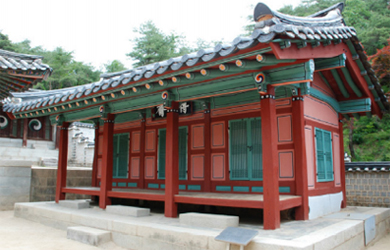
Parkyakjae

Honguijae
Interaction at Dosanseowon
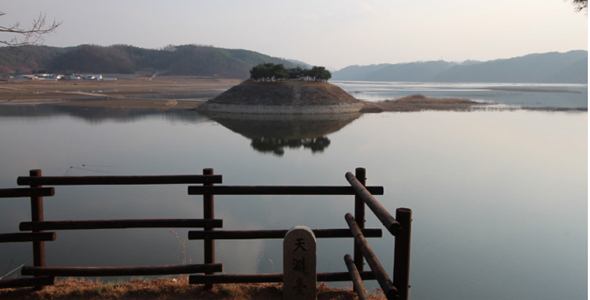
Cheonyeondae

Cheongwangunyeongdae
Other aspects (cultural heritage items and memorial objects)

Painting of Dosanseowon (Treasure No. 522)
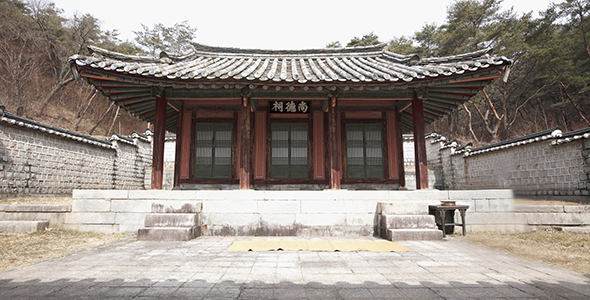
Sangdeoksa and Sammun (Treasure No. 211)

Jeongyodang (Treasure No. 210)
